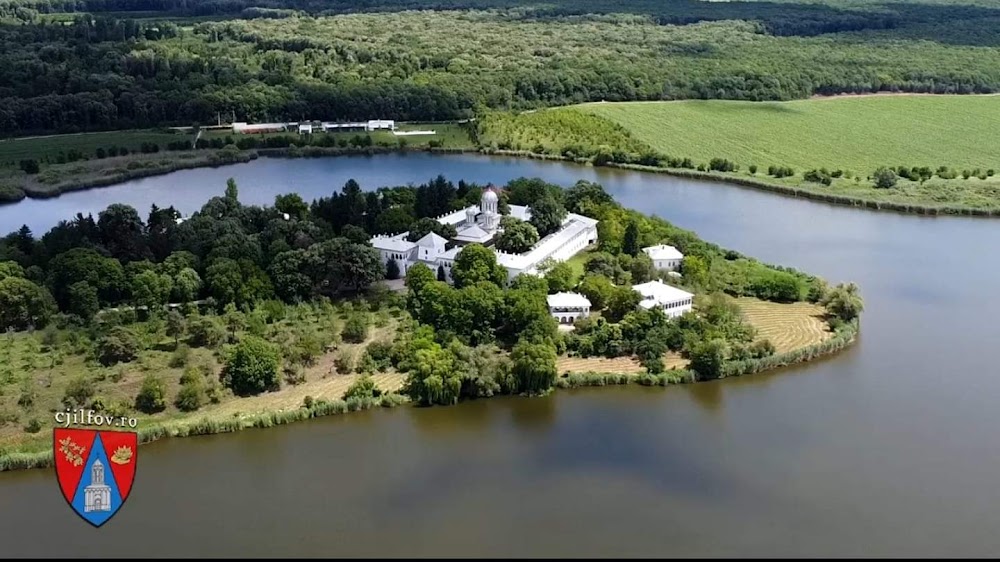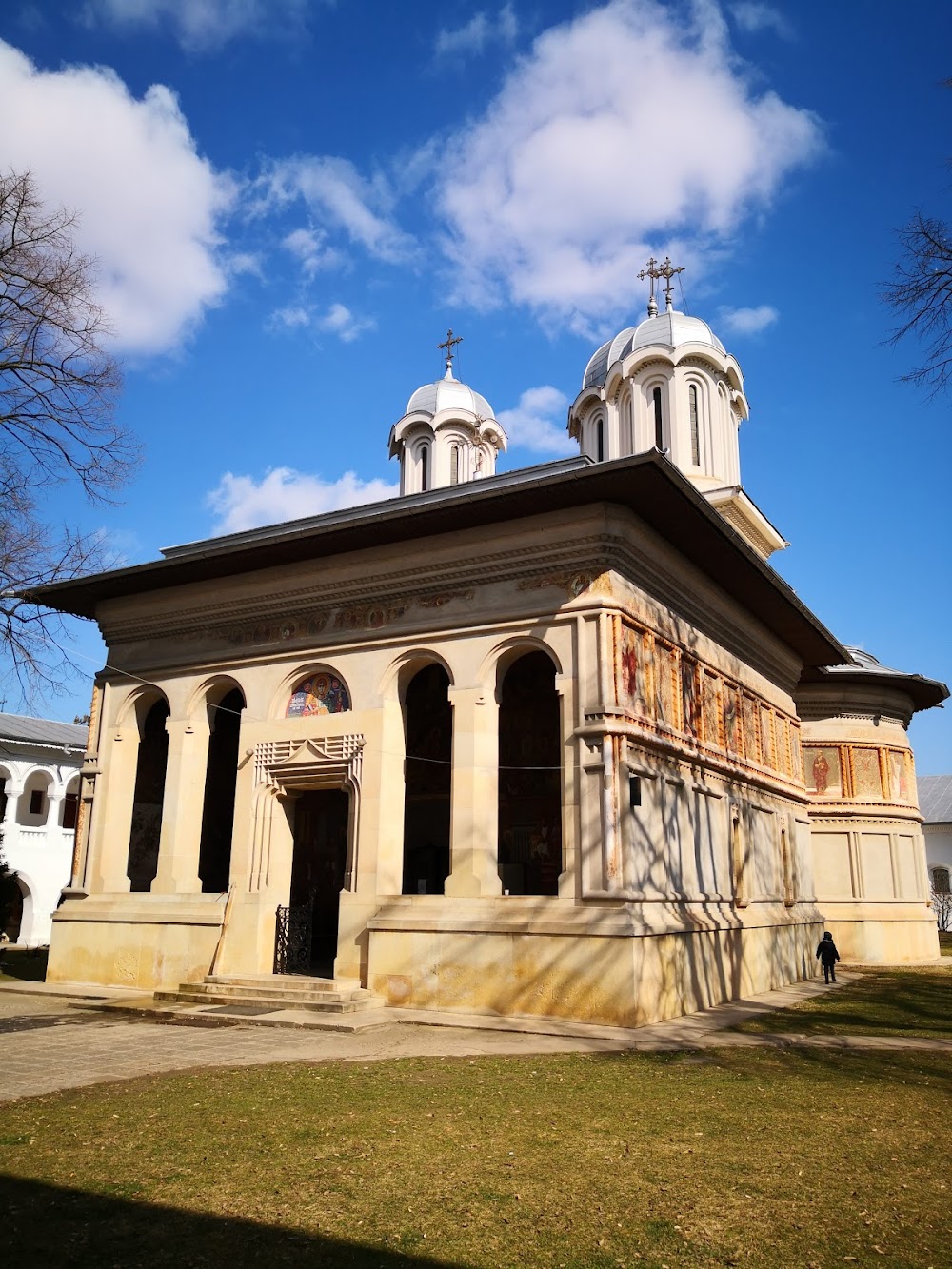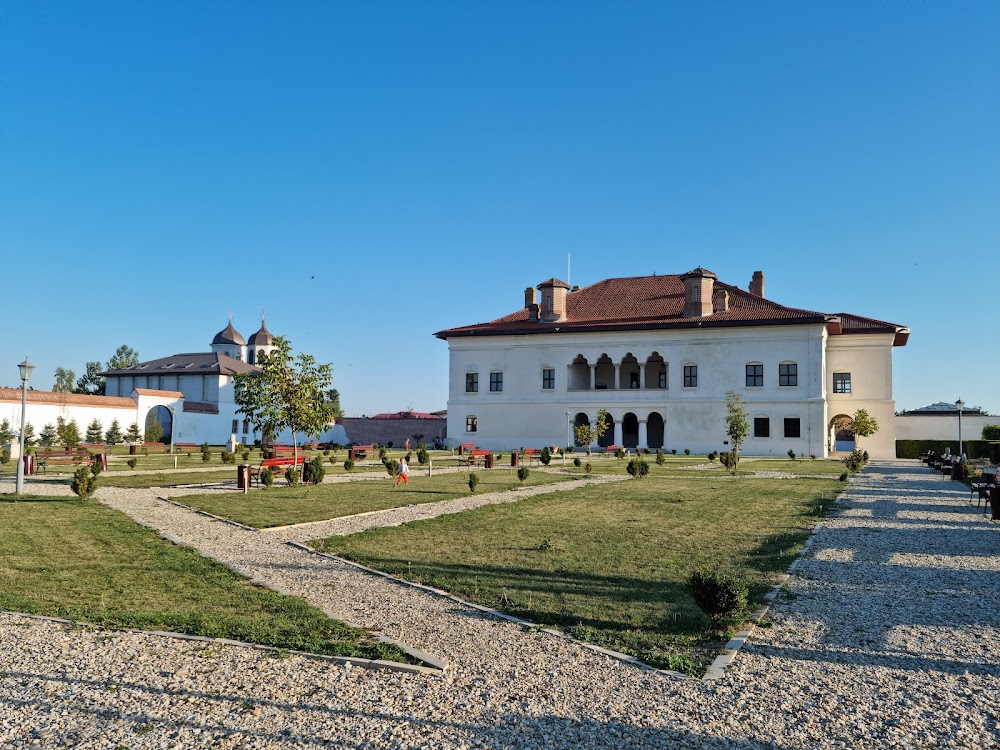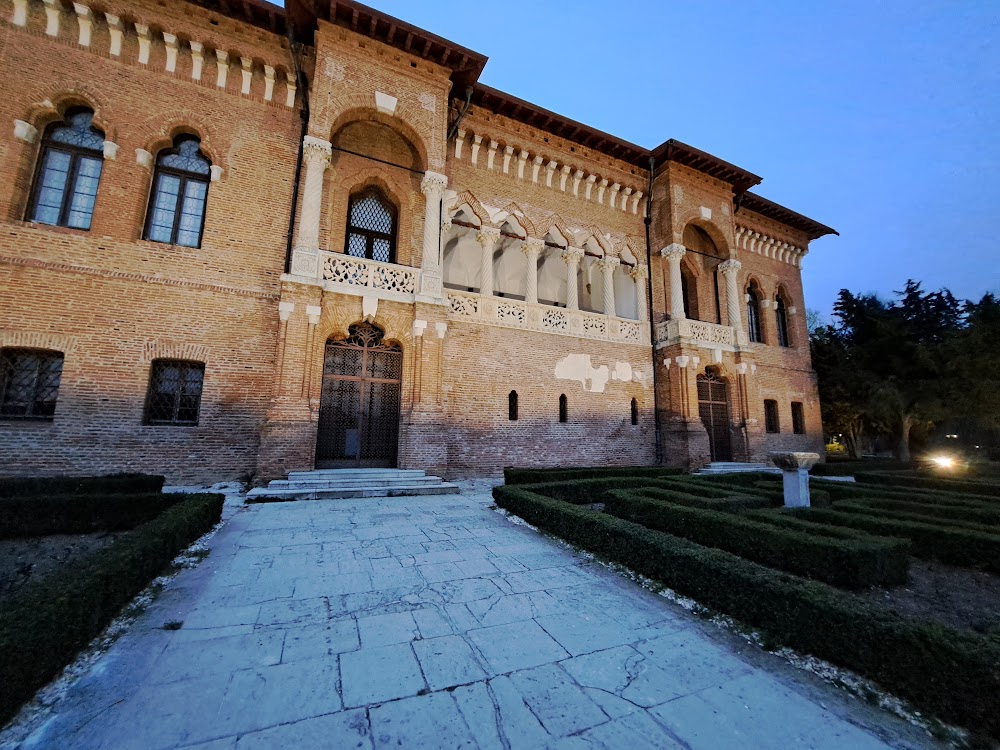Căldărușani Monastery (Mănăstirea Căldărușani)
Overview
Nestled in the serene landscape of Ilfov County, Romania, Mănăstirea Căldărușani—or Căldărușani Monastery—stands as a captivating testament to centuries of faith, resilience, and craftsmanship. Its rich history began in the early 17th century under the auspices of Matei Basarab, one of Wallachia's most notable rulers.
The construction of the monastery commenced in 1638, after Matei Basarab meticulously selected the site, enchanted by the picturesque surroundings of a small peninsula embraced by tranquil lake waters. His vision was to create a sanctuary for spiritual retreat, and soon, skilled craftsmen from across Wallachia were enlisted to bring this dream to life.
These dedicated artisans worked tirelessly, utilizing local materials to erect a structure that reflects the Byzantine-influenced architectural style of the time. Solid stone foundations and sturdy brick walls were constructed, ensuring the monastery's resilience through the ages and showcasing the area’s natural beauty.
A centerpiece of Mănăstirea Căldărușani is its church, dedicated to St. Demetrius. This sacred space is adorned with exquisite frescoes painted by some of the era's most talented artists. Rich in color and intricate detail, these stunning artworks depict various biblical scenes and saints, serving as both a manifestation of faith and educational tools during a time when literacy was scarce.
As the monastery flourished, it expanded its role beyond spiritual endeavors to become a vital cultural and educational center. Over the years, a library was established within its walls, amassing a treasure trove of manuscripts and rare books that became one of the most esteemed collections in the region. Among its volumes were not only religious texts but also works on philosophy, history, and science, making it a beacon of knowledge and learning in Wallachia.
Throughout its storied history, Mănăstirea Căldărușani has witnessed periods of both prosperity and turmoil. It endured Ottoman invasions, periods of decline, and even natural disasters. Yet, time and again, it has risen from adversity, thanks largely to the unwavering dedication of its monastic community and the support of the Romanian people.
In the 18th and 19th centuries, the monastery underwent several renovations to preserve its original splendor. These restoration efforts were vital in maintaining the structural and artistic integrity of the complex. Craftsmen and artists were once again called upon to meticulously restore the frescoes, repair the stonework, and reinforce the walls, ensuring the monastery remained a lasting symbol of faith.
Today, Mănăstirea Căldărușani continues to thrive as a functioning monastery, upholding its traditions of spiritual, cultural, and educational pursuits. It serves as an active pilgrimage site, drawing visitors from around the globe who come to witness its historical and spiritual significance.
Moreover, the monastery functions as a museum, showcasing its rich history through various artifacts, documents, and religious icons. Visitors can explore the beautifully restored church with its stunning frescoes, the tranquil cloisters, and the extensive library—all offering a glimpse into the past traditions and lives of the monastic community.
Mănăstirea Căldărușani is a shining example of Romania's religious heritage, where the past and present seamlessly intertwine. Its timeless beauty and historical importance continue to captivate and inspire all who journey to this remarkable sanctuary.







